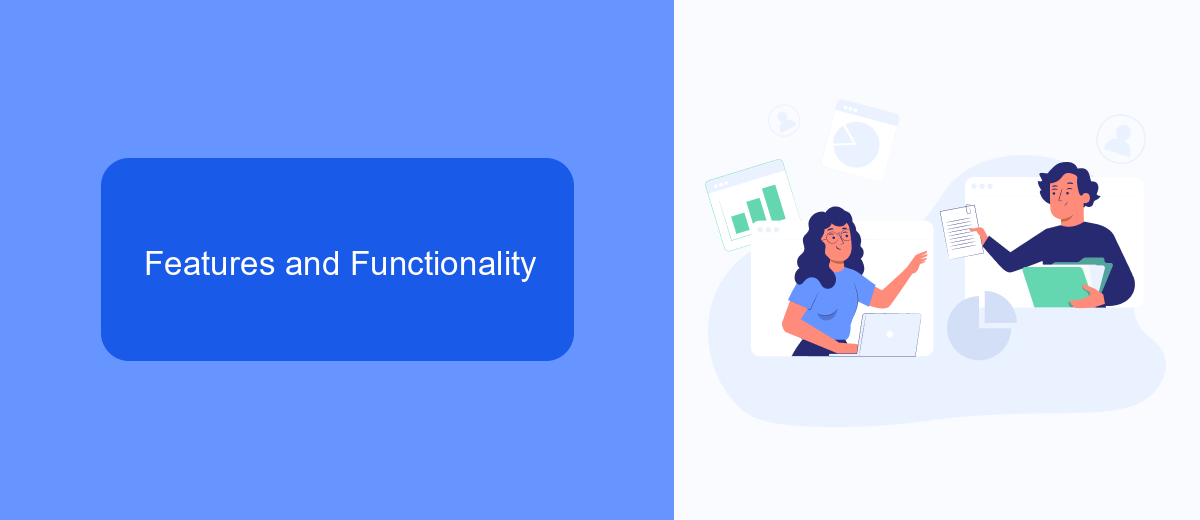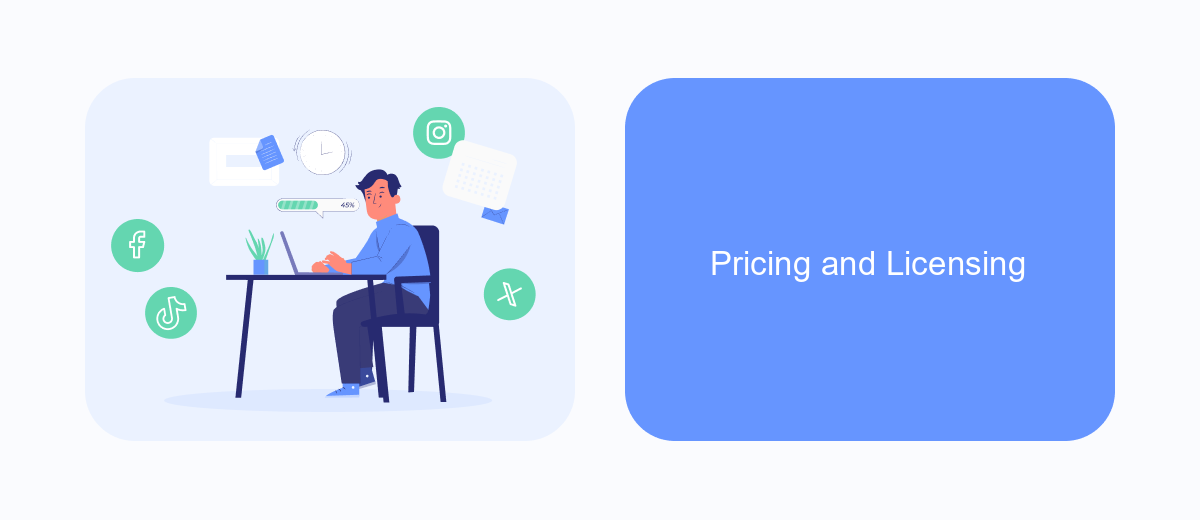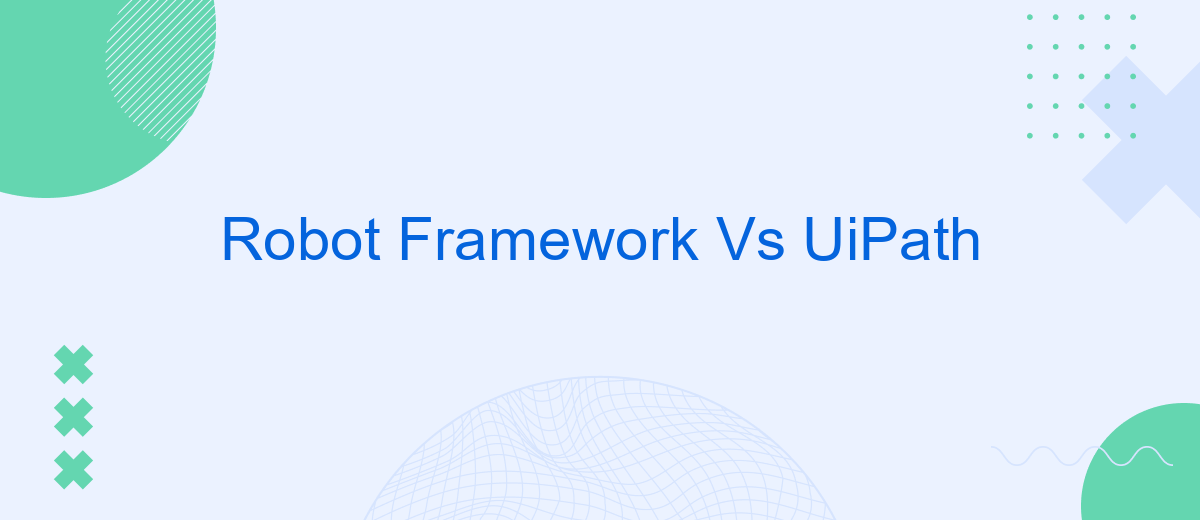In the rapidly evolving world of automation, choosing the right tool is crucial for efficiency and success. Robot Framework and UiPath are two prominent names in this domain, each offering unique features and capabilities. This article delves into a comparative analysis of Robot Framework and UiPath, highlighting their strengths, weaknesses, and ideal use cases to help you make an informed decision.
Introduction
In the realm of automation, Robot Framework and UiPath are two prominent tools that offer distinct advantages for streamlining workflows. Both platforms have unique features and cater to different aspects of automation, making it essential to understand their strengths and weaknesses before choosing the right tool for your needs.
- Robot Framework: An open-source automation framework that is highly extensible and supports keyword-driven testing. It is particularly popular in test automation and is known for its flexibility.
- UiPath: A robust robotic process automation (RPA) tool that focuses on automating repetitive tasks. It offers a user-friendly interface and extensive integration capabilities, making it ideal for business process automation.
Choosing between Robot Framework and UiPath depends largely on your specific requirements and the nature of the tasks you aim to automate. For instance, if your focus is on integrating multiple services seamlessly, tools like SaveMyLeads can complement UiPath by simplifying the integration process, thereby enhancing overall efficiency. Understanding these nuances will help in making an informed decision.
Features and Functionality

Robot Framework is an open-source automation framework that supports both keyword and data-driven testing. It is highly extensible, allowing users to integrate with various tools and libraries, making it suitable for complex test automation scenarios. With its simple tabular syntax, Robot Framework is user-friendly and easy to learn, even for those with minimal programming experience. The framework also offers robust reporting features and the ability to run tests in parallel, enhancing test efficiency and coverage.
UiPath, on the other hand, is a leading RPA (Robotic Process Automation) tool that focuses on automating repetitive tasks across various applications. It provides a visual drag-and-drop interface, which simplifies the automation process for non-developers. UiPath excels in integrating with a wide range of applications and services, including SaveMyLeads, which facilitates seamless data transfer and workflow automation. Additionally, UiPath offers advanced features like AI and machine learning capabilities, making it a powerful tool for comprehensive business process automation.
Pros and Cons

When comparing Robot Framework and UiPath, it's essential to consider their respective advantages and disadvantages to determine which tool best suits your automation needs.
- Robot Framework Pros:
- Open-source and free to use, reducing overall costs.
- Extensive libraries and support for various automation tasks.
- High flexibility and extensibility through Python scripting.
- Robot Framework Cons:
- Steeper learning curve for beginners.
- Requires more time to set up and configure integrations.
- Limited built-in support for complex workflows.
- UiPath Pros:
- User-friendly interface with drag-and-drop functionality.
- Comprehensive support and extensive community resources.
- Robust capabilities for complex enterprise-level automation.
- UiPath Cons:
- High licensing costs, especially for large-scale deployments.
- Less flexibility compared to open-source solutions.
- Potential dependency on UiPath-specific components.
For those seeking to streamline integrations, services like SaveMyLeads can be highly beneficial. SaveMyLeads simplifies the process of connecting various applications, making it easier to manage workflows and data transfers, regardless of whether you choose Robot Framework or UiPath.
Pricing and Licensing

When considering the pricing and licensing of Robot Framework and UiPath, it's important to understand the cost structures and what each platform offers. Robot Framework is an open-source tool, which means it is free to use. This can be a significant advantage for small businesses or startups with limited budgets.
On the other hand, UiPath offers a more comprehensive suite of tools and services, but it comes with a price. UiPath operates on a subscription-based model, providing various plans tailored to the needs of different organizations. The cost can vary significantly based on the number of robots, the level of support, and additional features required.
- Robot Framework: Free and open-source
- UiPath: Subscription-based with multiple pricing tiers
For businesses looking to integrate various applications and services, tools like SaveMyLeads can be particularly useful. SaveMyLeads allows for seamless integration between different platforms, enabling automated workflows without the need for extensive coding. This can help businesses maximize the value of their investment in either Robot Framework or UiPath by streamlining processes and improving efficiency.
Conclusion
In conclusion, both Robot Framework and UiPath offer robust solutions for automation, each with its own set of strengths and weaknesses. Robot Framework is highly flexible and open-source, making it an excellent choice for those who need extensive customization and have the technical expertise to leverage its capabilities. On the other hand, UiPath provides a user-friendly interface with powerful features that cater to both technical and non-technical users, making it ideal for rapidly deploying automation solutions with minimal coding.
When deciding between the two, it is essential to consider the specific needs of your project and the skill set of your team. For instance, if your project requires seamless integration with various services and platforms, tools like SaveMyLeads can assist in streamlining these processes, making UiPath a more attractive option. Ultimately, the choice between Robot Framework and UiPath will depend on your unique requirements, but both platforms offer valuable tools to enhance your automation efforts.


FAQ
What are the main differences between Robot Framework and UiPath?
Which tool is better for test automation?
Can both tools be integrated with other software and services?
What are the costs associated with using these tools?
How can I automate data integration between different platforms using these tools?
Would you like your employees to receive real-time data on new Facebook leads, and automatically send a welcome email or SMS to users who have responded to your social media ad? All this and more can be implemented using the SaveMyLeads system. Connect the necessary services to your Facebook advertising account and automate data transfer and routine work. Let your employees focus on what really matters, rather than wasting time manually transferring data or sending out template emails.
